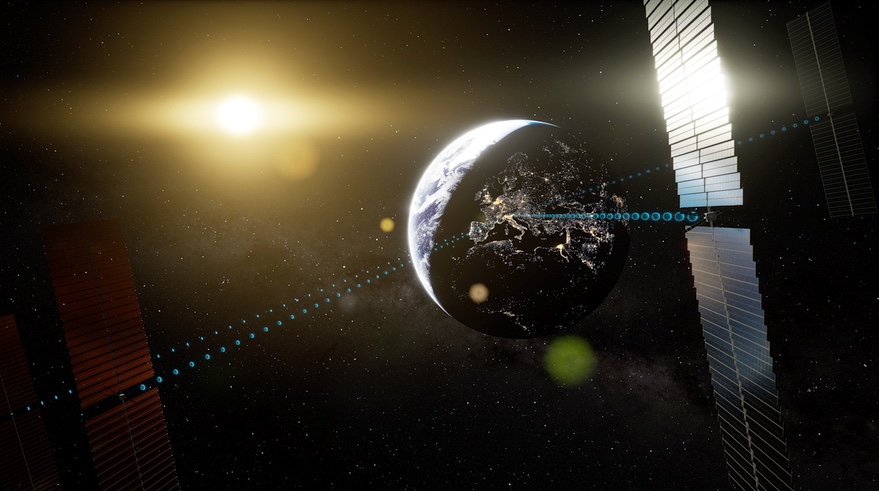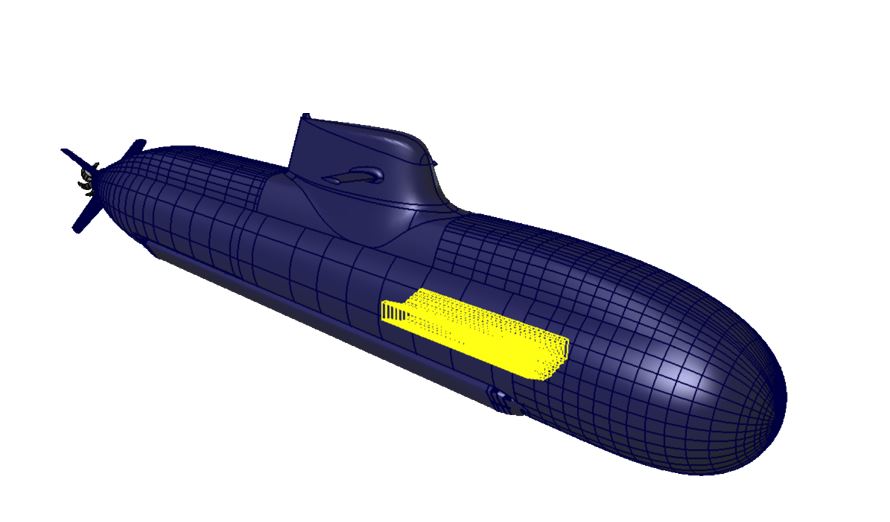I saw a bunch of Twitter criticism yesterday of ESA’s announcement that they want to develop tech for Space Based Solar Power. The criticism was not valid because it missed the entire point. Europe wants to move to 100% renewable energy — no dispatchable power for topping off. /1
2/ The closer you get to 100% renewable energy the more expensive it is to get the next percent. At close to 100% market penetration the cost is much higher than typical LCOE in today’s markets. This creates an economic space for a more expensive renewable that is baseload.
3/ You might ask, why not just use nuclear? Nuclear would be a great option, but for cultural and political reasons that is a non-starter in Europe

. Why not hydroelectric? Europe doesn’t have nearly enough hydro electric sites. There aren’t many options.
4/ So as long as Europe is committed to going 100% carbon-free — and they are — then SBSP fits the economic niche even though it will be more expensive than other energy sources.
5/ The situation for renewable energy in Europe is much worse than in the US due to Europe’s low capacity factor on wind and solar. The *combined* wind and solar averages about 15%. That’s for the entire continent.
6/ So the @elonmusk quote that ‘solar is only 3x better in space than on Earth’ is factually incorrect. For all of Europe Space is 6x better. And the cost is nonlinear so it is far more than 6x cost, especially when trying to get 100% market penetration, as Europe wants to do.
7/ Another major error critics make (repeatedly even after you explain their error), is they think space solar competes against terrestrial solar. It does not. It competes against terrestrial energy storage and excess generation capacity to recharge the deep storage.
8/ So the facile arguments comparing space vs terrestrial PV efficiency are missing the point. It’s a good idea never to believe facile arguments. The proponents of SBSP in Europe know all the facile arguments, and know why they aren’t valid. They aren’t stupid. I mean HONESTLY

9/ So you can get into arguments whether the cost estimates are accurate or whether the government subsidies will be economically justified or enough — that’s all good. That’s why ESA commissioned independent studies to augment their internal studies. The debate should continue.
10/ But drop the facile arguments that entirely miss the point, OK? And please don’t give them airtime because it promotes poor thinking. /end. We now return to the original happy programming



